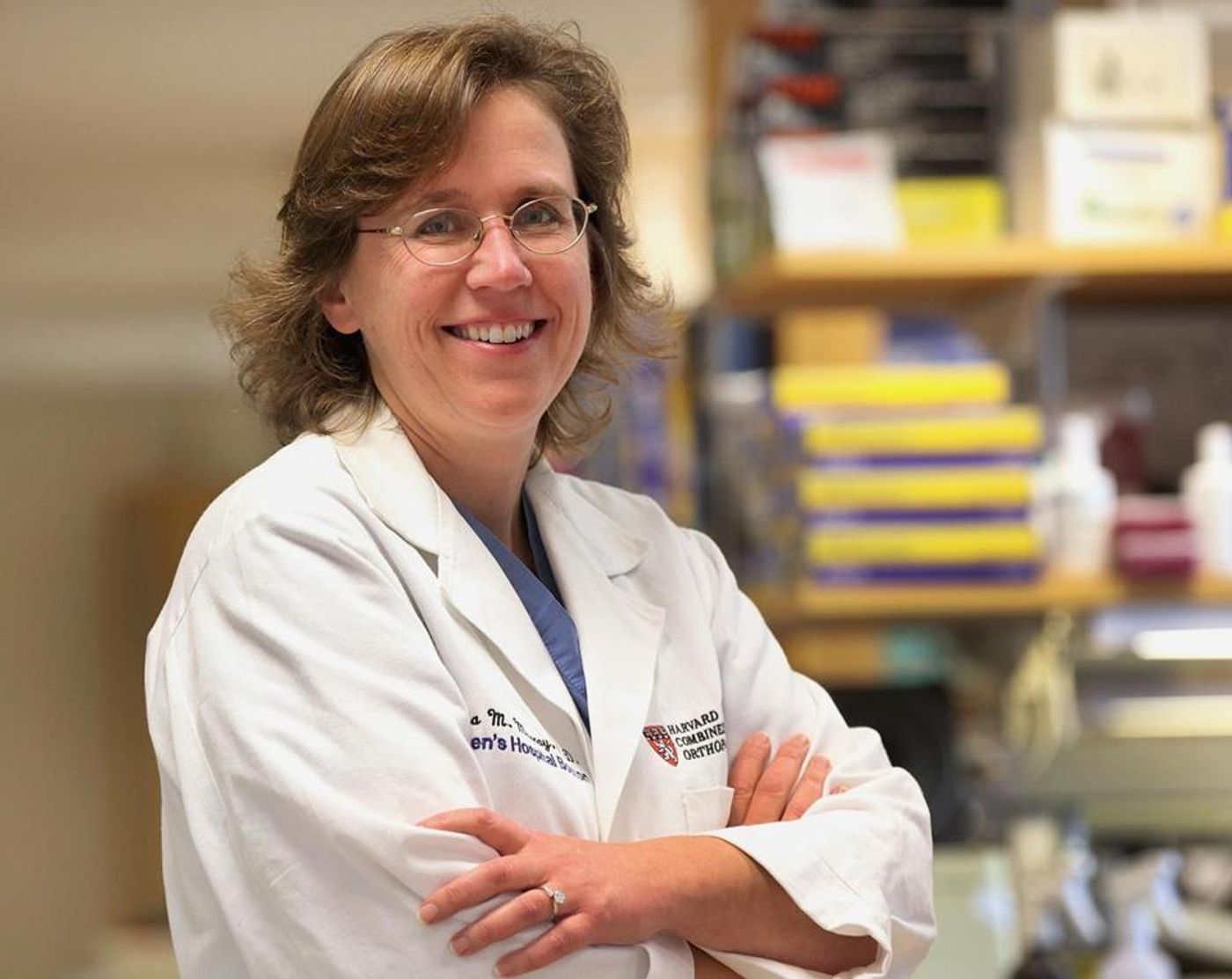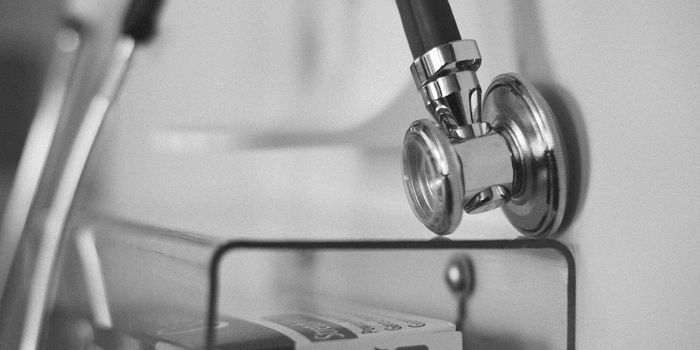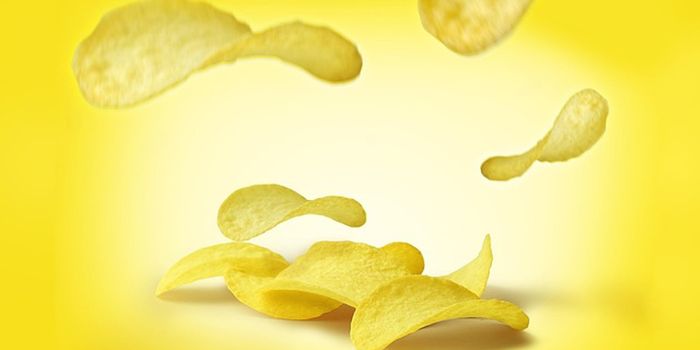Each year, surgeons perform roughly 100,000 reconstruction procedures on torn anterior cruciate ligaments (ACLs). This knee injury is most commonly acquired during sports activities that involve rapid stopping and pivoting. ACL reconstructions are notorious for having a long healing time and a high risk for arthritis in the later years.
To improve patient outcome with minimal invasiveness, orthopedic surgeons at the Boston’s Children Hospital (BCH) developed a technique that uses the body’s own repair mechanisms to fix the torn ligament. The procedure is hailed as a “game-changer” in the field, as it could significantly shorten the healing time from the 6-9 months to as little as 3 months. Furthermore, the new technique eliminates the need to take tendons and ligaments from other parts of the body.
 Martha Murray
Martha Murray, orthopedic surgeon at BCH, pioneered the procedure that’s named Bridge-Enhanced ACL Repair (BEAR). The procedure relies on a bio-enhanced sponge that’s placed in between the torn ends of ligaments, providing a so-called bridge for the ligament to grow into. The sponge is then infused with the patient’s own blood, which clots and stimulates a natural healing process. Surgeons then pull the ends of the torn ligament into the sponge, and over time, the ends heal and connect back to each other. The sponge is replaced by the healing tissue.
The inspiration for BEAR came from when Murray observed how other ligaments in the body heal itself. In particular, she found the medial collateral ligament of the knee self-healed with the help of a blood clot that joined the ends together. But because joint fluid prevents a natural clot from forming at ACL tears, she had to devise a scaffold to connect the tears.
As she hoped, the sponge yielded impressive results in preclinical trials. Her team then moved to a Phase 1 trial that included 20 patients with torn ACLs, 10 of whom received the BEAR procedure while the other 10 received the standard ACL reconstruction.
Though both groups are rehabilitating well, the BEAR-treated group notably recovered sooner, as they did not have their hamstring tendon removed for use as graft. “The safety study showed us that this is possible,” said Murray. “The ACL can regenerate and come back. We can let our body do what it does so well. We can give it a little piece of machinery like the sponge bridge, rather than taking stuff out and putting something else in like a tendon graft and forcing it to do something that’s not quite as natural. I’m hoping that the BEAR will shift how people look at ACL surgery.”
No one in the BEAR-treated group reported infections or knee stiffness. Additionally, if her animal trial results hold up in the patients, those treated with BEAR may have lower risks of arthritis in the repaired knee. Currently, it’s estimated that nearly 80 percent of patients with ACL tears will develop osteoarthritis within 14 years of the injury. A reduction in this risk will be another huge added benefit to the already minimally invasive BEAR procedure.
But experts caution that it’s still too soon to make conclusions. “It has the potential to be a game-changer, but it’s still early in the process,” said Jo Hannafin, a sports medicine surgeon at New York City’s Hospital for Special Surgery. “These patients will have to be followed for a minimum of two years to determine whether the ACL heals and does that healed ACL stay competent or stretch over time and fail.”
Meanwhile, Murray and her team are proceeding with Phase 2 of the trial. This time, they will enroll 100 patients for a randomized trial in which two-thirds will receive the BEAR treatment. With positive results, Murray hopes the procedure will be more widespread and available in the next three to four years.
Additional sources:
Boston Globe









